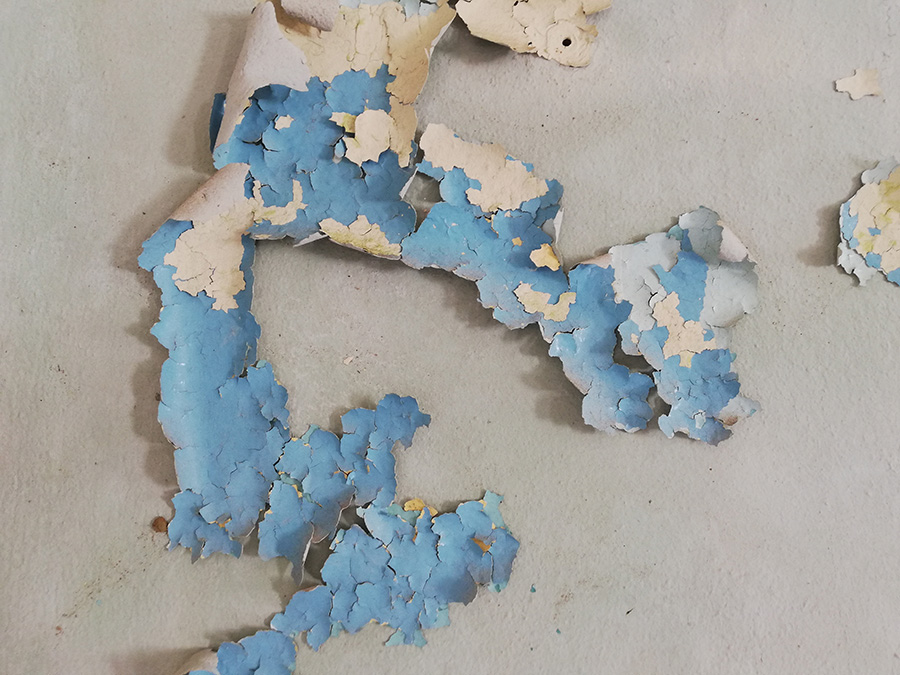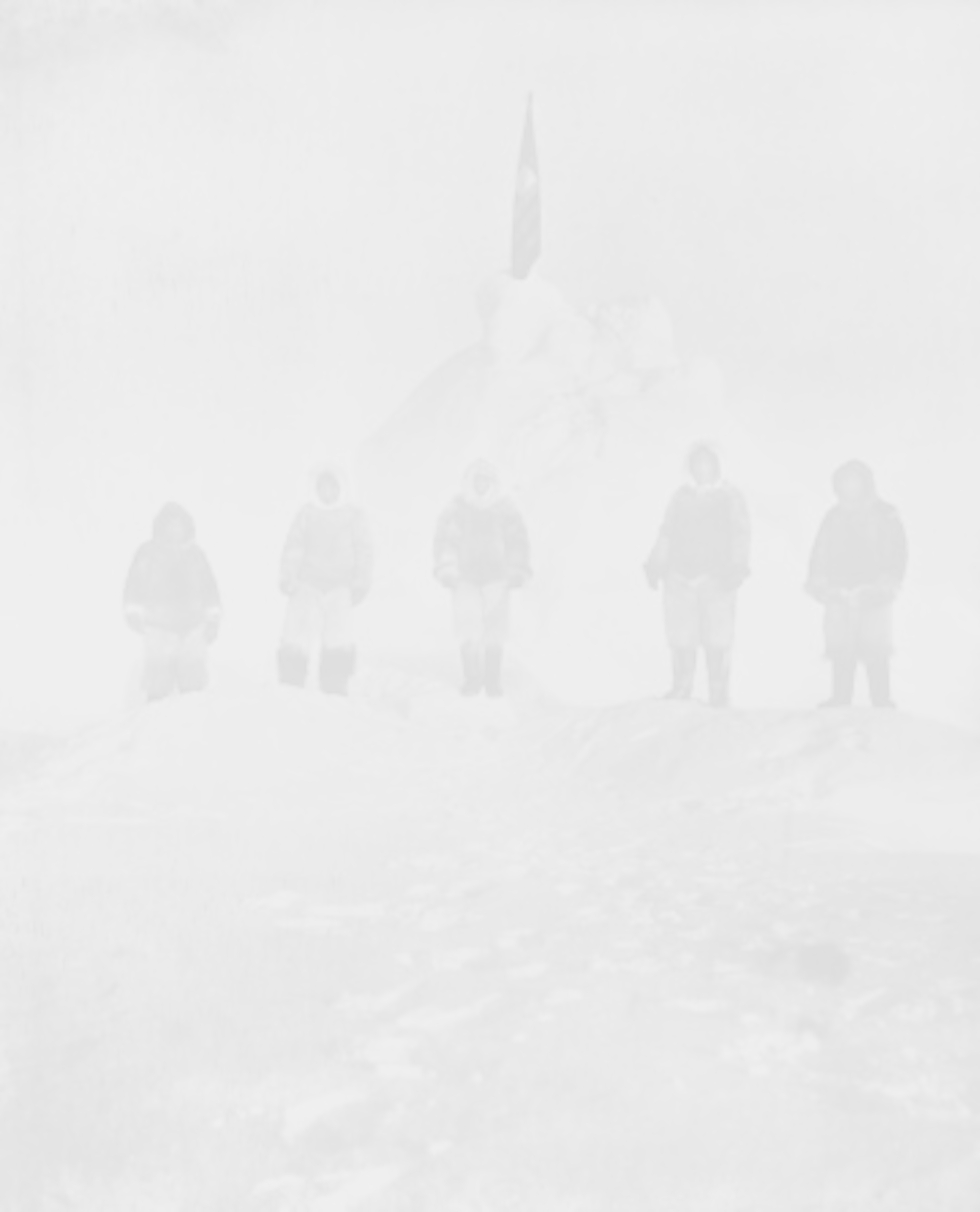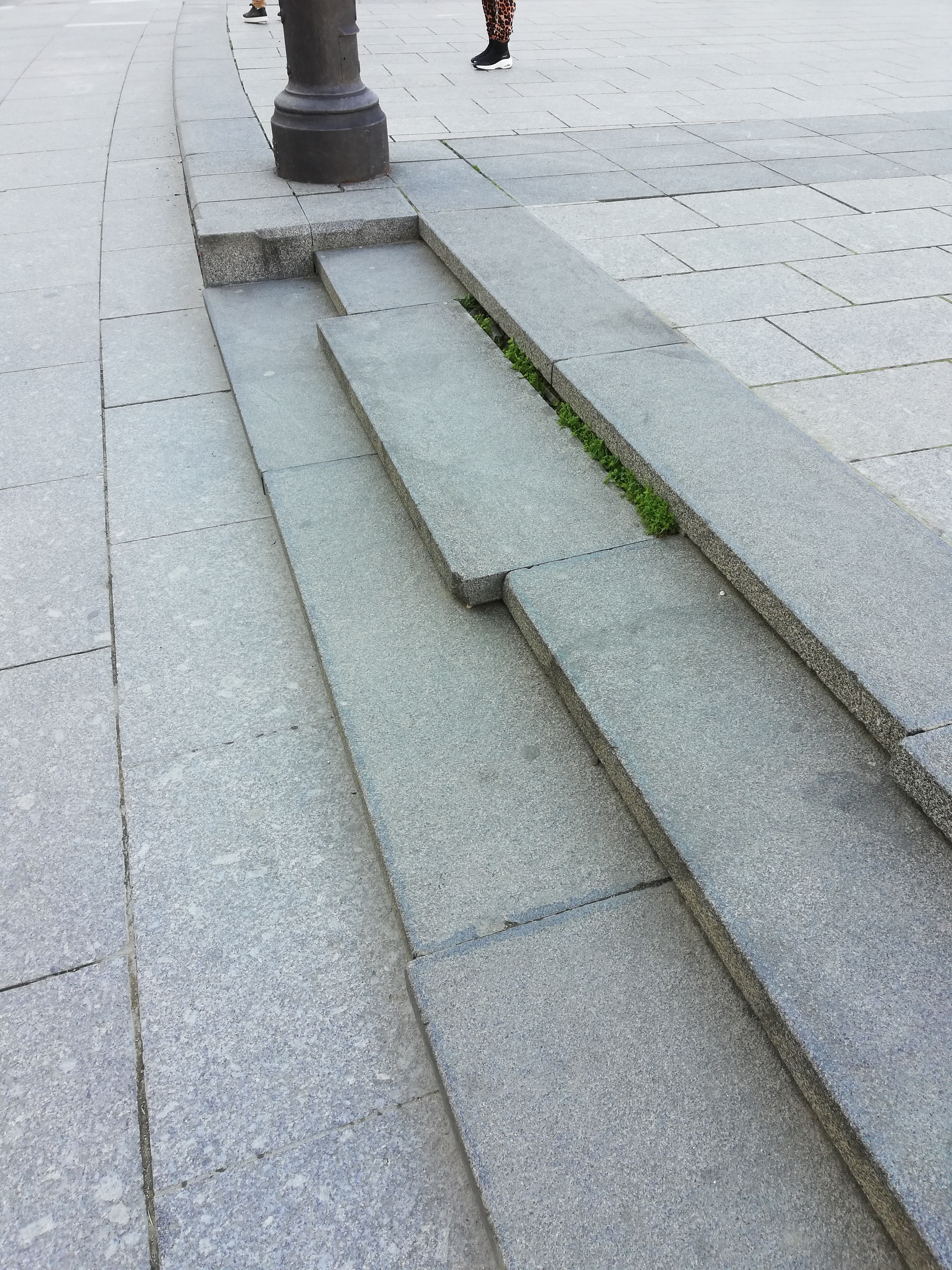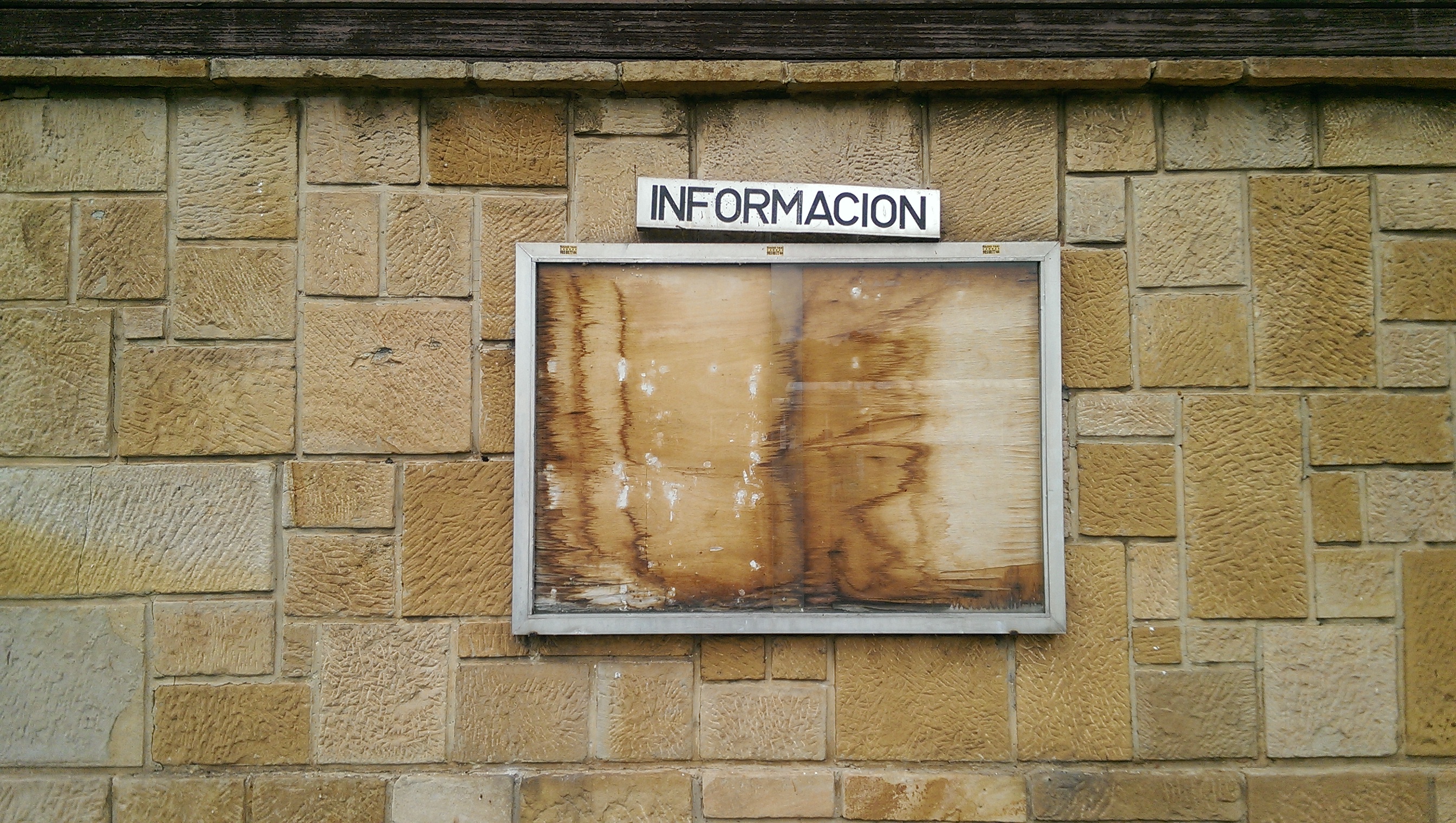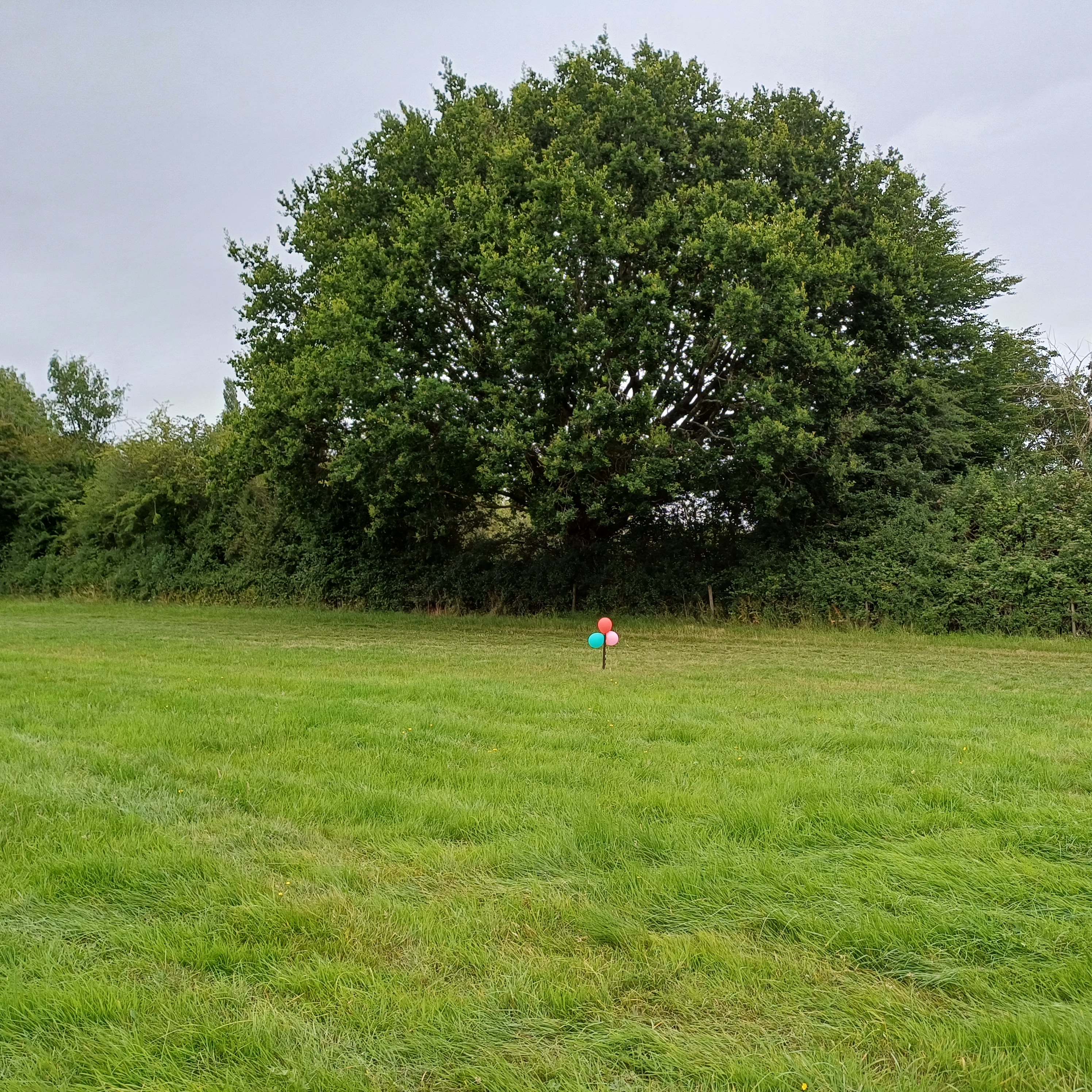Date: 7 May.
Time: 4:30 pm, leaves Móstoles. 7:30 pm, returns to Móstoles. Length: 3 hours.
Journey there: 30 minutes. Journey back: 30 minutes.
Venue: Coslada (bus departing from CA2M Museum)
Advance registration via the form starting on 30 April at 6:30 pm.
Reaching the North Pole means arriving in a white place. Proving this feat entails photographing or filming it. The fogging of a film is an empty frame. Sticking a flag into the geographic North Pole means marking a point on a drifting ice floe. The addiction to images is an empty frame. A point that drifts around, that is no longer the North Pole, is an empty frame. Nothingness can be an empty frame, and snow blindness caused by overly bright light is an empty frame.
Hilo Moreno and Raúl Alaejos, an explorer and a filmmaker, share something in common: the need to record reality. The former does so to document his feats; the latter to create new stories. They are both attracted to extremes: the extremes of the planet, of representation and of human beings. They are interested in nonsense, folly, humour, exhaustion and absurdity, as well as failing and staging it.
On this small expedition, we’ll visit the impressive hollow bronze sculptures in Coslada that represent celebrated explorers. It could be a fun way to learn about this human need to signal, record, transcend and perpetuate ourselves.
Using a protocol meant for polar expeditions, we will take an exploratory and observational stroll through Coslada’s Dry Port neighbourhood accompanied by polar film materials and literature. Led by our guides’ experience, we will read texts and engage in symbolic actions, unlikely rituals and observation games to immerse ourselves in a fun, inspirational experience.
Activity guides:
Raúl Alaejos is a visual artist and director. He works in the field of film essays and non-fiction. In 2015, he founded the Serrin.tv production company, which focuses on hybrid communication and visual arts languages and is part of the stage company Serrucho.org.
He received the Leonardo grant from the Fundación BBVA for his project ‘Debajo del Polo Norte’ [Beneath the North Pole]. His filmography includes two ‘polar’ pieces: Elegy for the Arctic (2016), recorded for Greenpeace with the pianist Ludovico Einaudi on the Norwegian archipelago of Svalbard; and Objeto de estudio (2024), a docu-essay on scientific colonialism, the instrumentalisation of the glacial landscape, the myth of the good savage and cultural alterity. raulalaejos.com
Hilo Moreno has worked in the polar regions, both the Arctic and the Antarctic, his entire professional life, assisting on a variety of projects. In 2008, he began to work on the Spanish Antarctic base Juan Carlos I, where he accompanies researchers in their studies. Since 2016, he has been part of the Wind Sled Project, developing a zero-emissions vehicle that travels along the polar ice caps doing clean science. When he is in warmer latitudes, he works in training and disseminating exploration and science at the ends of the world. hilomoreno.es
